After announcing the program in 2017, UPS is now close to receiving its first updated Airbus A300-600 freighter. But why update them in the first place?
As we have seen, cargo operators have been quite busy in the past few months. And they have been doing reasonably well financially, as a result. So well, in fact, that many of them are refreshing their fleets. Companies converting passenger jets to freighters, are also ramping up for an increase in demand. Orders for conversions are here and will keep them busy for several years. All of which makes UPS’ decision to upgrade its A300-600 fleet, all the more perplexing.
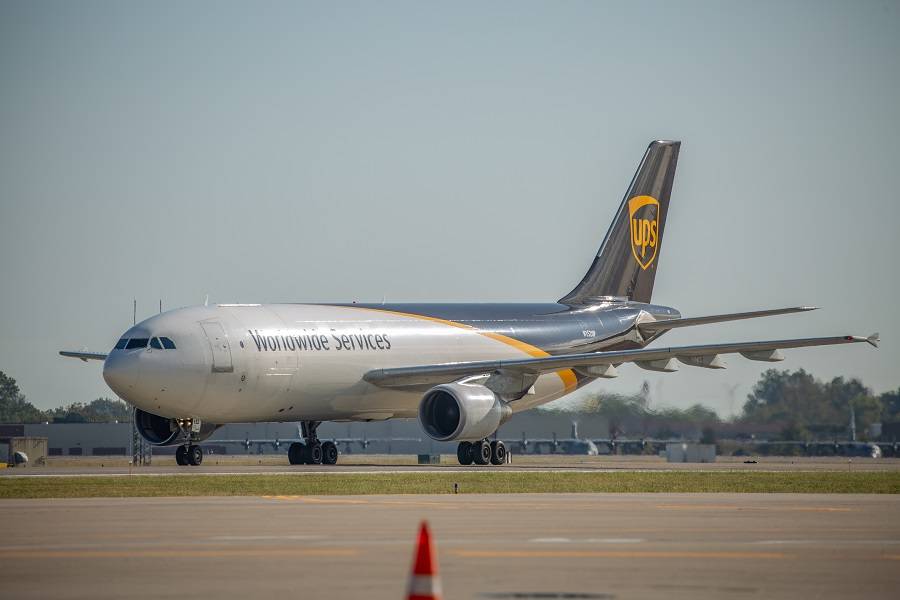
The aircraft’s history goes back a bit. Way before UPS bought theirs, Airbus flew the first A300-600 in 1983. It was the then-latest version of a model that started life nearly 10 years earlier. The -600 variant incorporated some nice updates. They included elements from the A310, like newer engines, a revised tail, and a new cockpit. The CRT screens would certainly look dated today, but they were state-of-the-art in the 80s. Crucially, this Airbus didn’t need a 3rd crew member in the cockpit.
These aircraft predate the adoption of fly-by-wire in the Airbus family, so they come with yokes. Their design eventually morphed into the A330/A340 family, with a new wing and of course those sidesticks. So why would a company like UPS upgrade their A300-600 aircraft, 38 years after the model’s introduction? The answer is two-fold.
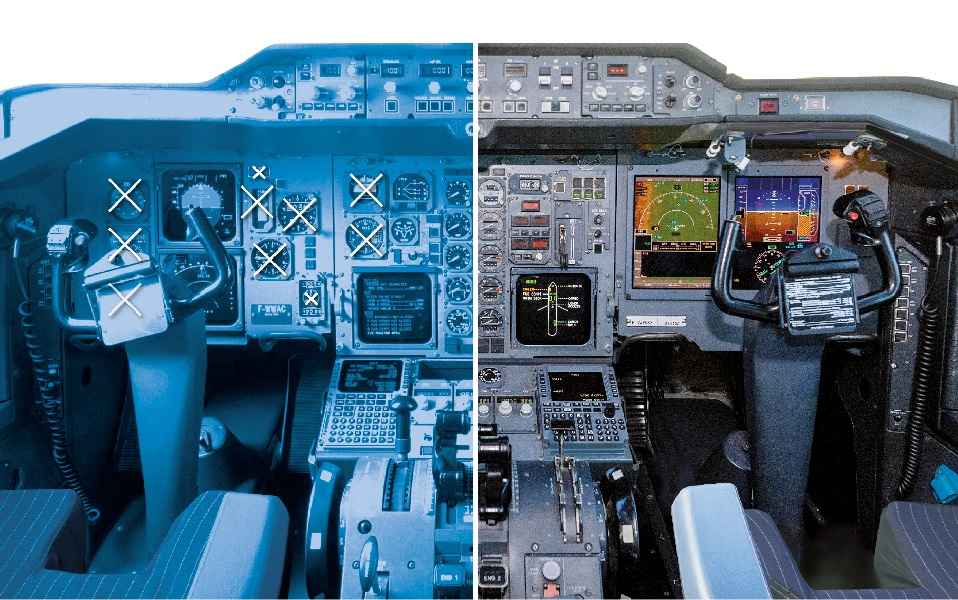
UPS’ Reasoning for Keeping Its Airbus A300-600 fleet
Firstly, the Airbus A300-600 freighters in UPS’ and others fleets, are still reasonably efficient. They may be old but their PW4000 engines are still competitive. These engines are actually a few years newer than the A300-600’s introduction. Other aircraft using them include the Boeing 747-400, the 767 and the MD-11. And slightly newer versions of the same engine are hanging under the wings of A330 aircraft, and even the 777. So plenty of users, and obviously parts and service isn’t an issue.
Secondly, there’s the matter of age. The Airbus A300-600 freighters in UPS’ fleet are not from the 1980s. Incredibly, they are 21st-century aircraft! Their average age is around 17 years. Airbus didn’t actually stop making the A300-600F until 2007. And crucially, UPS’ 52 A300-600 aircraft are Airbus-made factory freighters, not conversions. And that, in turn, has implications about their hard use. Or the lack thereof.
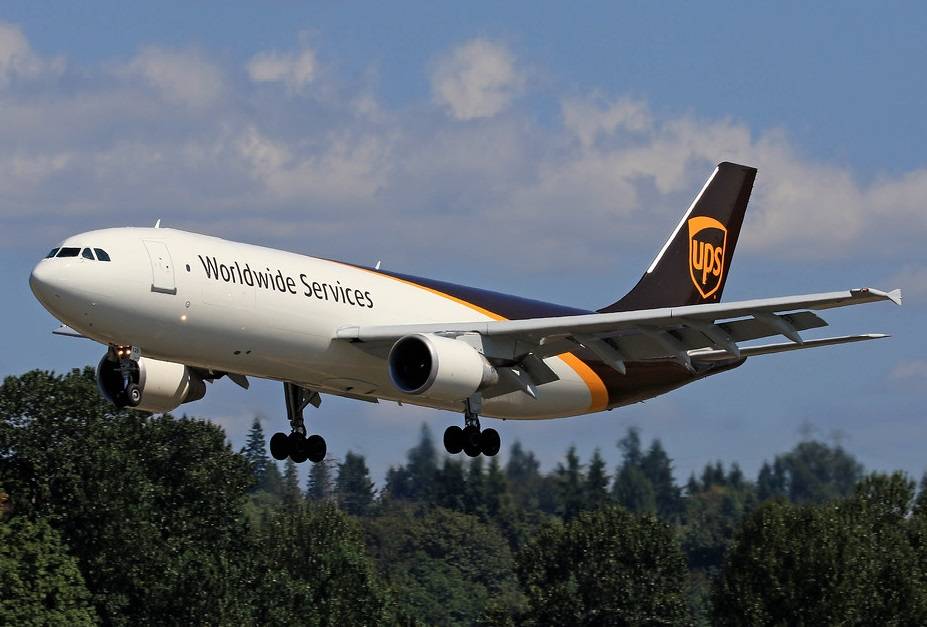
Freighters may be lacking the amenities and ‘glamour’ of passenger airliners, but they tend to live relatively sheltered lives. In terms of cycles and flight hours per year, at least, they work less hard than passenger jets. And as we have seen, a lot of passenger jets don’t undergo conversion to freighters until they’re between 15 and 20 years old. Some models get even older than that. And that’s after the relatively hard life of a passenger aircraft.
Clearly then, a 17-year old fleet of dedicated freighters, with reasonably efficient engines, numbering 52 aircraft in total, is worth keeping around. So the Airbus A300-600 is safe with UPS, for a while longer. But there are a couple of reasons why the aircraft needed some upgrades in their electronics.. And as always with working aircraft, it’s nothing to do with being modern. It’s an array of purely practical matters.
OK, Let’s Keep Them. But Why Update Them?
The first problem with UPS’ A300-600 freighters is their Flight Management Systems. Their FMS were not from the 1980s, they were up-to-date in the early 2000s, when they left the factory. Back then, 1GB of RAM was plenty of memory, more than the average home computer. Today it is not enough. There is not enough memory in the system to store the database that UPS needs. So they split the world into different regions. Then before each trip, they load the database that covers the area they need.
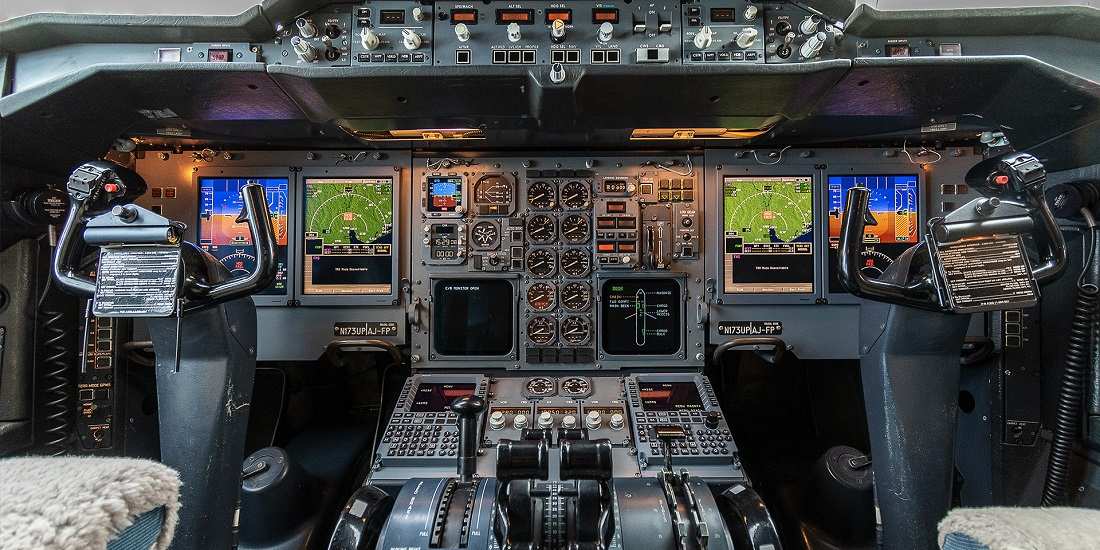
That’s quite annoying. It takes about 40-50 minutes for a database change. That might not sound like a big deal, until a last-minute aircraft change becomes necessary. UPS likes their A300-600 freighters, and want to keep them. But taking longer to change a database than to offload cargo and reload it to another plane, is an unnecessary hassle!
The updated aircraft come with new Honeywell FMS computers. They have enough memory, even factoring in an annual 7% growth in the size of the database, to last until 2035. That’s when UPS expects to retire these A300-600 models. The new systems also support LPV approaches. These are ILS-like approaches, but using GPS instead of airport equipment. They are becoming increasingly important. Not having this ability was becoming a headache for UPS, in some parts of the world.
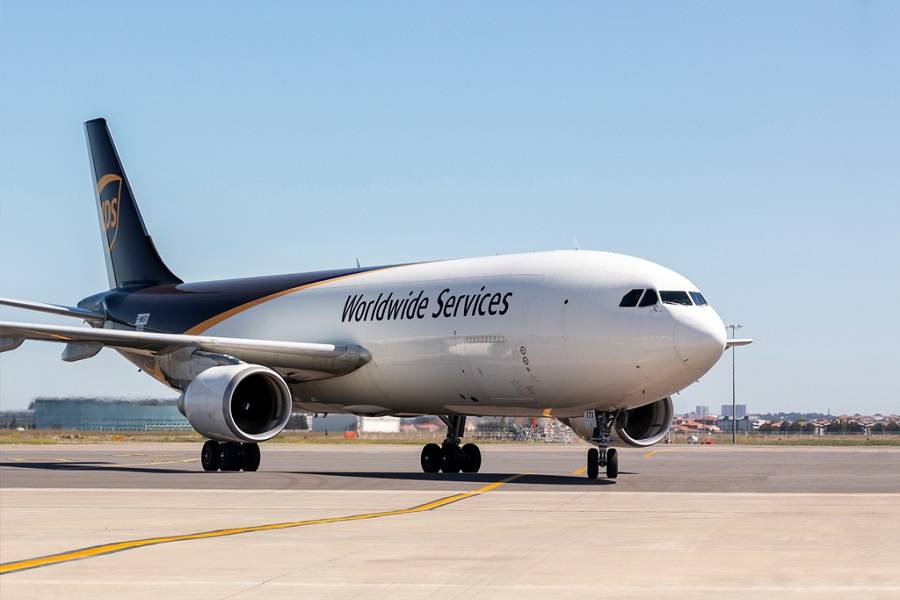
More Toys For UPS And Finding A Test Airbus A300-600
Other new tricks up the UPS’ A300-600 sleeves, include FANS A/B datalink systems and a brand new 3D weather radar. Crucially, pilots can also do RNP-AR approaches and have better terrain awareness with TAWS. Remember Airbus’ clever new RTA (Required Time of Arrival) system? They have it, too. And to display all of this, pilots each get two new 6” by 8” screens. That’s a 10” diagonal, for us tablet people. The screens are replacing smaller and heavier 5”x5” (7” dia.) CRT screens.
Working with @Airbus and @Honeywell_Aero, @UPS put a 2021 cockpit in an aircraft designed back in the 80s! Our A300s are now being equipped with new LCD displays, flight management system, FANS technology, weather radar and more. #avgeek pic.twitter.com/uPIL3NSXaq
— UPS Airlines (@UPSAirlines) February 3, 2021
One problem with doing all this work, was the lack of a test aircraft. Airbus like to keep at least one of every jet they make, for tests and upgrades like these. Embarrassingly, they didn’t have an A300-600 on hand, so UPS had to give them one of theirs. The cockpit pictures you see belong to this aircraft, still undergoing testing in France.
UPS seem excited to get their hands on their refreshed Airbus A300-600 aircraft. The database issues, in particular, often meant that an aircraft would need a new database upload every day! Now they will simply receive an update, about once a month.
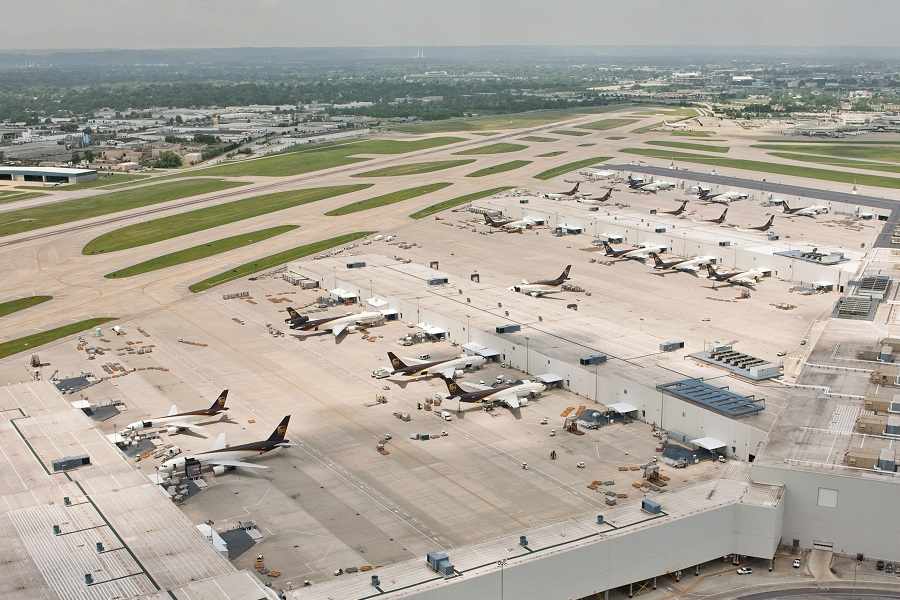
Efficiency requires staying up-to-date with new technologies, that reduce costs. But equally importantly, it’s inefficient to retire expensive planes, that still have a lot of life in them. UPS’ move to upgrade its 52 A300-600 planes, makes a lot of sense.
Images by UPS and Airbus



